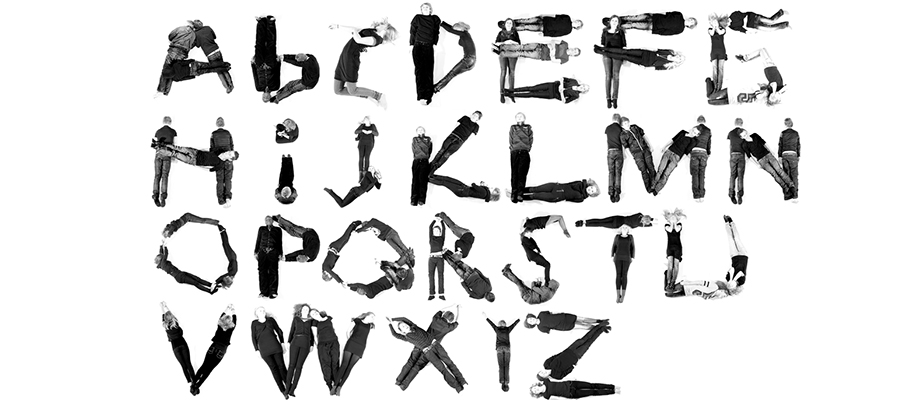 We’ll be honest with you guys: Logo design is one of the hardest things any graphic designer has to deal with on a regular basis. There’s just nothing simple about managing the concepts and visions a web master has for their company with your own skills and imagination. However, that doesn’t mean it’s impossible, and if you take appropriate measures you may find it’s easier than you think. For instance one of the things we struggle most with is actually pitching the logo concept to the client. It’s a minefield, trying to convey through words an entirely visual concept. That being said, we’ve got some tips below that will straighten out your methods in no time. Starting with:
We’ll be honest with you guys: Logo design is one of the hardest things any graphic designer has to deal with on a regular basis. There’s just nothing simple about managing the concepts and visions a web master has for their company with your own skills and imagination. However, that doesn’t mean it’s impossible, and if you take appropriate measures you may find it’s easier than you think. For instance one of the things we struggle most with is actually pitching the logo concept to the client. It’s a minefield, trying to convey through words an entirely visual concept. That being said, we’ve got some tips below that will straighten out your methods in no time. Starting with:
- Concision: Generally speaking, it’s a good idea to be as brief as possible when pitching a logo design to your clients. We’ll talk more about what you should say in a second, but if you can, reduce the prose to the bare minimum. This isn’t because too much information is a bad thing: In fact, really quite the opposite. However, if you allow yourself to ramble, there’s an high likelihood your brilliant idea will be lost in all the smoke and mirrors. In essence, there’s only one rule to remember for this. When creating the project details, try to focus on only the visual aspects of the logo. Keep the words on the page as close to the image in your head, and we promise you’ll be okay.
- The What of It: After that last tip, you might be asking, “Well, what should I talk about, then?†It’s a good question, and we’ve got the answer ready. When possible, talk about the look of the logo in as simple a manner as possible. Don’t get fancy, and stick to concrete words like banner, background, foreground, and image. You’re painting a picture here, and it’s up to you to convey the look of it. However, you should also talk about what the logo will do for the intended audience. Mention the emotions the logo will convey, or even what sort of tone the image will set for the rest of the project. Your client is, after all, looking for a chunk of pixels that more accurately portray the objective of their project. It’s your job to sum up and create that piece. As such, mention the benefits as often as possible.



